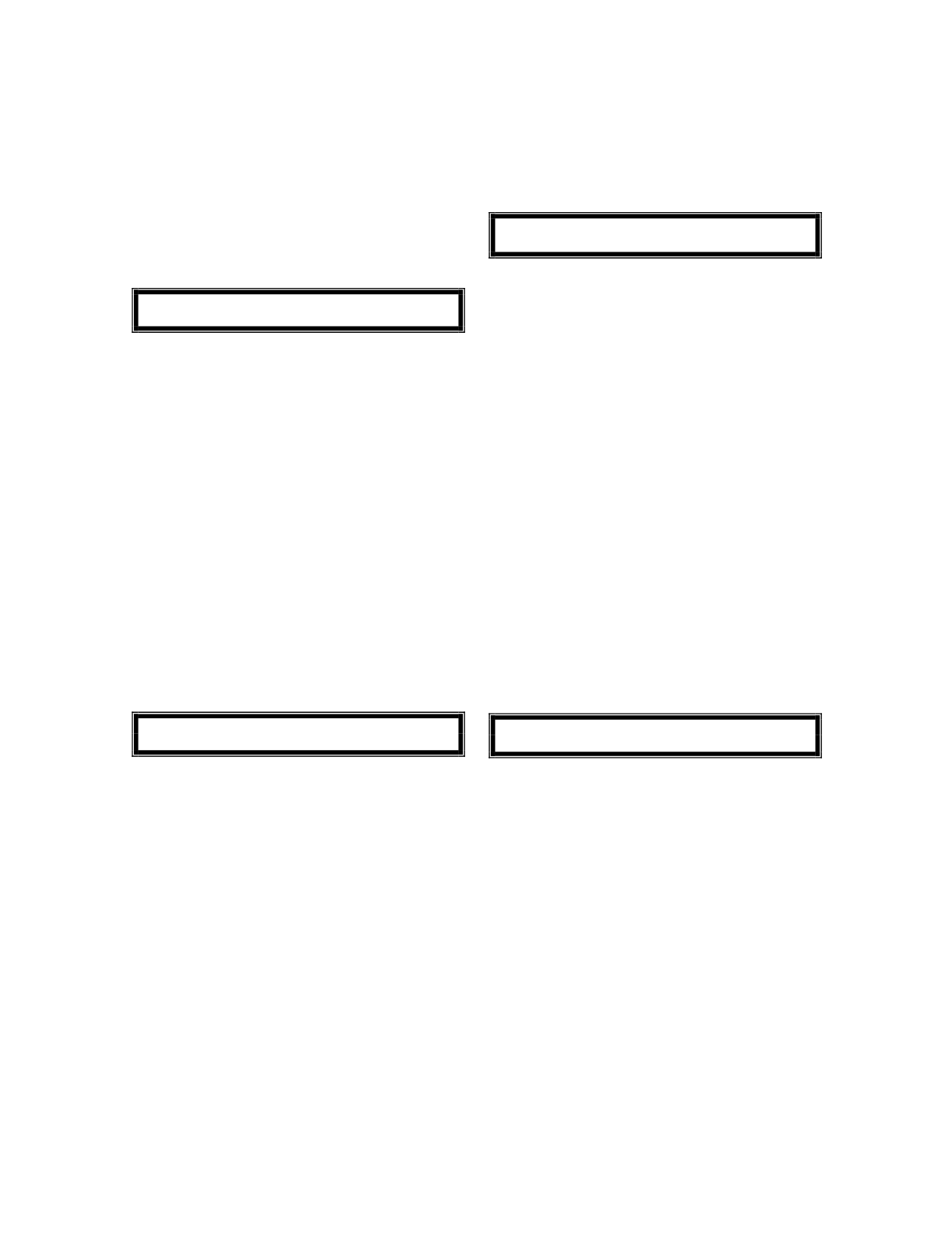
61
file. For this purpose, students will be taught
common synthesis techniques such as additive,
subtractive, FM (Frequency Modulation) and AM
(Amplitude Modulation). The course ends with the
discussion on the characteristics of a speech
synthesis and speech recognition systems and their
applications.
Assessment Methods
Continuous Assessment: 50%
Final Examination: 50%
WIG3001
MATHEMATICS FOR MULTIMEDIA
Credit:
3
Course Pre-requisite(s):
None
Medium of Instruction:
English
Learning Outcomes
1. Identify mathematical theories involved in
multimedia signal processing.
2. Elaborate mathematical techniques used in
multimedia application.
3. Apply mathematics theories in processing
multimedia objects.
Synopsis of Course Content
This course covers topics such as numbers and
arithmetic; area and linear; time and frequency;
sampling and prediction; scaling and resolution; and
repetition and information.
Assessment Methods
Continuous Assessment: 50%
Final Examination: 50%
WIG3002
RENDERING AND ANIMATION
Credit:
3
Course Pre-requisite(s):
None
Medium of Instruction:
English
Learning Outcomes
1. Explain the techinques used in modeling,
texturing, animating and rendering process.
2. Differentiate algorithms involved in generating
3D object.
3. Discuss the importance of 3D computer
animation and relate it to their daily life.
Synopsis of Course Content
At the beginning of this course, students will be
exposed to the development, technology and
computer animation applications. Next, students will
be taught about the main phases in the
development of computer animation which include
aspects such as modeling, animation, texturing,
lighting, compositing and rendering. At the end of
this course, students will be equipped with the
knowledge pertaining to the job opportunities and
future of computer animation and rendering.
Assessment Methods
Continuous Assessment: 50%
Final Examination: 50%
WIG3003
MULTIMEDIA PROGRAMMING
Credit:
3
Course Pre-requisite(s):
None
Medium of Instruction:
English
Learning Outcomes
1. Explain the concept and syntax of Java
programming used to develop a multimedia
application.
2. Develop multimedia application using Java
programming language.
3.
Apply the multimedia elements in programming
various mobile applications (Android & iOS).
Synopsis of Course Contents
This course covers the following topics: object-
oriented programming concept; the structure and
concept in Java object-oriented programming
concept; graphics and animation generations using
AWT, Swing and Java2D; applets; sounds
generations using Java Sound API; programming
using Java Media Framework (JMF), Android
Development ToolKit (ADT).
Assessment Methods
Continuous Assesssment: 50%
Final Examination: 50%
WIG3004
VIRTUAL REALITY
Credit:
3
Course Pre-requisite(s):
None
Medium of Instruction:
English
Learning Outcomes
1. Show the technology that support virtual reality
applications and human perceptions involved in
designing virtual reality devices. (P2)
2. Develop a virtual reality environment using
suitable tools (C3)
3. Intergrating other technologies including
visualization and augmented reality (P4)
Synopsis of Course Content
This course begins with some introduction to virtual
reality technology and its applications, followed by
detail explanation regarding input and output
devices that are being used in virtual reality
application. Students will also learn about human
sensory systems (visual, audio and tactile) and their
relations to the development of virtual reality


